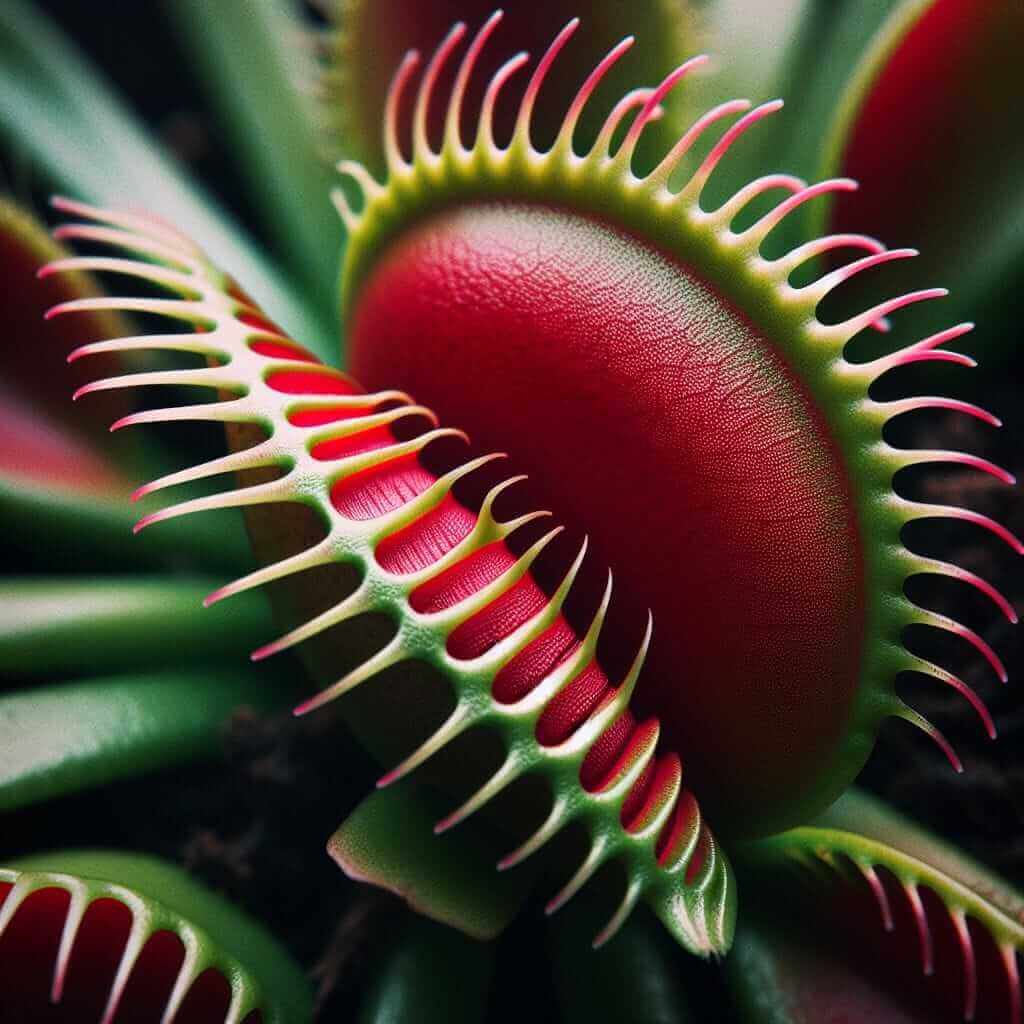As an IELTS instructor with over two decades of experience, I’ve encountered numerous topics that frequently appear in the IELTS Speaking test. One such fascinating area is the world of carnivorous plants. Understanding this subject matter can be a real asset, providing you with relevant vocabulary and interesting points for discussion, especially in Part 2 where you may be asked to describe a plant or discuss an environmental topic.
Why Carnivorous Plants Matter in IELTS
While you won’t be quizzed on botanical specifics, demonstrating knowledge about unusual plant life like carnivorous plants showcases your vocabulary range and your ability to discuss scientific concepts in English. This can significantly boost your performance, particularly in Lexical Resource, a key assessment criterion in the IELTS Speaking test.
Digesting the Vocabulary of Carnivorous Plants
Let’s explore some key terms related to carnivorous plants that will enhance your vocabulary and help you articulate yourself effectively:
Key Terms:
- Carnivorous plants: Plants that derive some or most of their nutrients (but not energy) from trapping and consuming animals or protozoans, typically insects and other arthropods.
- Habitat: The natural environment in which a particular plant or animal lives. Carnivorous plants are typically found in nutrient-poor habitats like bogs and swamps.
- Adaptation: A change in the structure or function of an organism that makes it better suited to its environment. Carnivorous plants exhibit fascinating adaptations for attracting, trapping, and digesting prey.
- Pitfall traps: A trapping mechanism found in plants like pitcher plants, where prey falls into a deep, slippery cavity filled with digestive fluid.
- Flypaper traps: Sticky surfaces found on plants like sundews that trap insects like flypaper.
- Snap traps: Active trapping mechanisms, like those found in Venus flytraps, that rapidly close to capture prey.
Example Sentence:
“Carnivorous plants have evolved remarkable adaptations to thrive in nutrient-deficient habitats, such as developing intricate pitfall traps to capture and digest insects.”

Speaking Up About Carnivorous Plants: Sample IELTS Questions
Here’s how the topic of carnivorous plants might emerge in your IELTS Speaking test:
Part 1:
- Do you like plants?
- Have you ever seen any unusual plants?
- Would you like to have a carnivorous plant?
Part 2:
- Describe a plant that you find interesting. You should say:
- What kind of plant it is
- Where it grows
- What it looks like
- And explain why you find this plant interesting
Part 3:
- What are the benefits of having plants in our homes and communities?
- How can we encourage people to learn more about plants and nature?
- Do you think it’s important to protect endangered plant species? Why or why not?
Tips for Success
- Practice Makes Perfect: Familiarise yourself with the vocabulary related to carnivorous plants and practice using it in sentences.
- Think Broadly: While it’s helpful to know about carnivorous plants, connect your knowledge to broader themes like adaptation, environmental challenges, and the diversity of the natural world.
- Stay Relevant: While it’s tempting to show off all your vocabulary, make sure your responses are relevant to the specific questions asked.
Remember, the IELTS Speaking test assesses your ability to communicate effectively in English. Demonstrating a broad vocabulary and the ability to discuss diverse topics with confidence will help you achieve a higher score. Good luck!